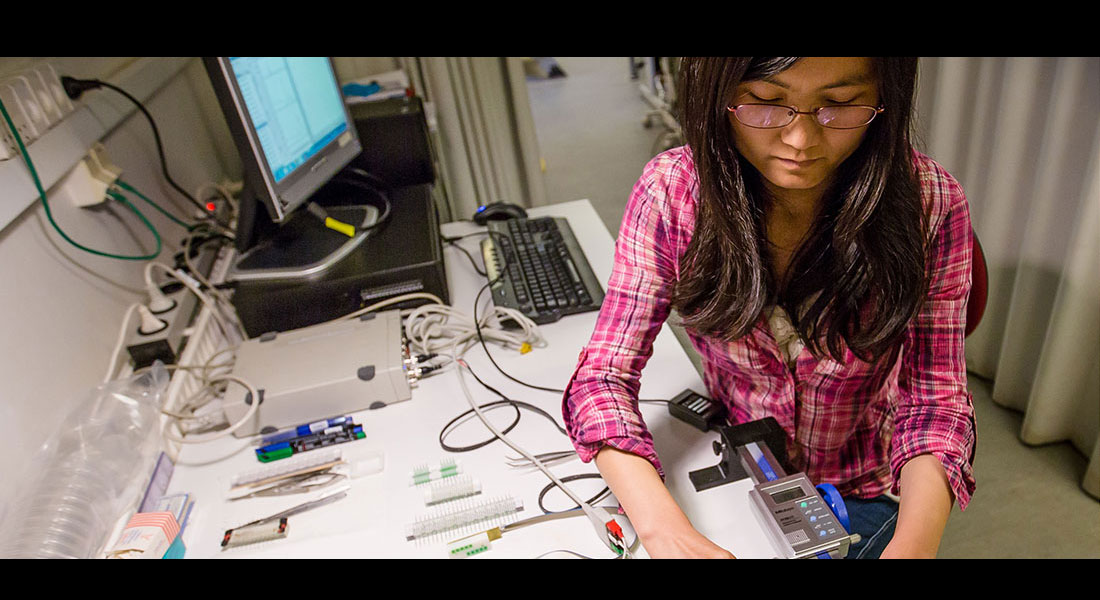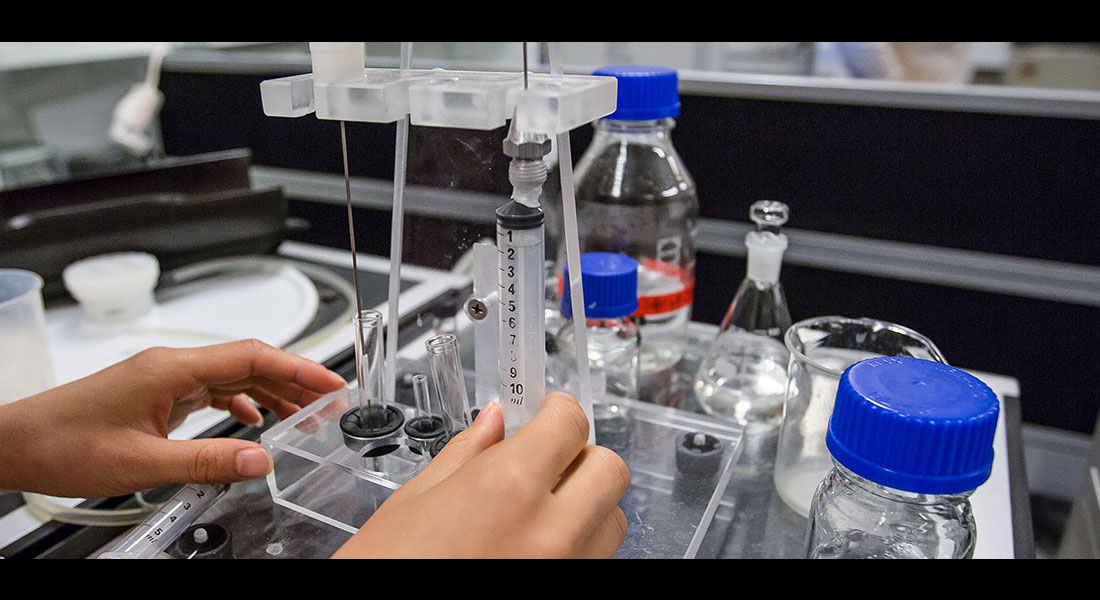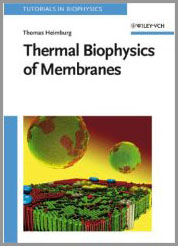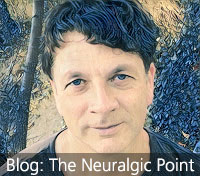Membranes
The Membrane Biophysics group at the Niels Bohr Institute focuses on theoretical and experimental thermodynamics and spectroscopy of biological systems. We investigate transitions in biomembranes, artificial lipid membranes and proteins.
The Membrane Biophysics Group focuses on experimental and theoretical thermodynamics applied to artificial and biological membranes, and on neuroscience.
The Membrane Biophysics Group was founded in 1997 at the Max-Planck Institute for Biophysical Chemistry in Göttingen/Germany. Its creation was part of a Heisenberg Fellowship obtained by the principal investigator (Thomas Heimburg). The group moved to the Niels Bohr Institute in Copenhagen in 2003.
- Financing in Germany came from the „Deutsche Forschungsgemeinschaft“, the „Volkswagenstiftung“ and the „Max-Planck Society“.
- Funding sources in Denmark were the „Frie Forskningsråd“, the „Carlsberg Foundation“, the „European Union“, the "University of Copenhagen (Stjerneprogram)" and the "Velux Foundation“.
- Presently, the group profits from a major grant from the "Villum Foundation“.
Our main techniques are calorimetry, atomic force microscopy, electrophysiology, and fluorescence correlation spectroscopy.
The Membrane Biophysics Group focuses on theoretical and experimental thermodynamics and spectroscopy of biological systems. We investigate transitions in biomembranes, artificial lipid membranes and proteins.
 Our main techniques are calorimetry, atomic force microscopy, densitometry, Langmuir monolayers, black lipid membranes, standard electrophysiology and different spectroscopic methods (fluorescence correlation spectroscopy, infrared spectroscopy), single molecule fluorescence microscopy, as well as statistical thermodynamics simulations.
Our main techniques are calorimetry, atomic force microscopy, densitometry, Langmuir monolayers, black lipid membranes, standard electrophysiology and different spectroscopic methods (fluorescence correlation spectroscopy, infrared spectroscopy), single molecule fluorescence microscopy, as well as statistical thermodynamics simulations.
In particular, we focus on the coupling of the elastic constants to the heat capacity. Our most important present interest is the propagation of density pulses in nerves, the role of anesthetics, and the occurrence of ion-channel- like events in pure lipid membranes close to transitions that are due to thermal fluctuations. We established a theory for the action potential that represents them as electromechanical solitons. This approach naturally provides a theory for anesthesia. We perform measurements on nerves in order to establish a generic thermodynamic view of nerve pulses and channels.
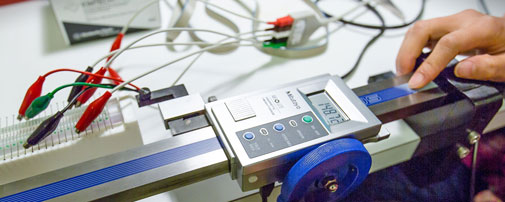
We base our work on the theory of fluctuations. This implies that we do not base our work on the function of single molecules but rather on the physics of ensembles. Our major aim is to establish a self-contained view of the function of biomembranes based on the fluctuation-dissipation theorem and the coupling of the susceptibilities.
 |
Publications 2016 - today : |
| 107. | arXiv-pdf | abstract | T. Muzic, F. Tounsi, S. B. Madsen, D. Pollakowski, M. Konrad and T. Heimburg. 2019. Melting transitions in biomembranes Biochim. Biophys. Acta, in print |
| 106. | abstract | T. Heimburg. 2019. Book chapter in: Phase transitions in biological membranes “Thermodynamics and Biophysics of Biomedical Nanosystems: Applications and Practical Considerations”. Editor: Costas Demetzos. Springer-Nature. | |
| 105. | abstract | K. L. Hoejholt, T. Muzic, S. D. Jensen, M. Bilgin, J. Nylandsted, T. Heimburg, S. K. Frandsen, and J. Gehl. 2019. "Calcium electroporation and electrochemotherapy for cancer treatment: Importance of cell membrane composition investigated by lipidomics, calorimetry and in vitro efficacy" Scientific Reports 9: 4758. | |
| 104. | abstract | H. S. Thoke, L. F. Olsen, L. Duelund, R.P. Stock, T. Heimburg and L. A. Bagatolli. 2018. Is a constant low entropy process at the root of glycolytic oscillations? J. Biol. Phys. 44: 419–431 | |
| 103. | abstract | T. Wang, T. Muzic, A. D. Jackson and T. Heimburg. 2018. The free energy of biomembrane and nerve excitation and the role of anesthetics. Biochim. Biophys. Acta 1860: 2145-2153. arxiv.org/abs/1608.06093 | |
| 102. | abstract | T. Wang, A. Gonzalez-Perez, R. Budvytyte, A. D. Jackson, and T. Heimburg. 2017. Reply to "Comment on `Penetration of Action Potentials During Collision in the Median and Lateral Giant Axons of Invertebrates' ". Phys. Rev. X 7: 028002. Supplementary information: pdf | |
| 101. | abstract | K. A. Zecchi, L. D. Mosgaard, and T. Heimburg. 2017. Mechano-capacitive properties of polarized membranes and the application to conductance measurements of lipid membrane patches. J. Phys: Conf. Series 780: 012001 | |
| 100. | abstract | T. Heimburg. 2017. Linear nonequilibrium thermodynamics of reversible periodic processes and chemical oscillations Phys.Chem.Chem.Phys. 19: 17331-17341, arxiv.org/abs/1608.06093 | |
| 99. | abstract | J. Peters, J. Marion, F. Becher, M. Trapp, T. Gutberlet, D. J. Bicout, T. Heimburg. 2017. Thermodynamics of lipid large unilamellar vesicles in presence of sterols at high hydrostatic pressure. Scientific Reports 7: 15339 | |
| 98. | abstract | K. Jensen, R. Budvytyte, R. A. Thomas, T. Wang, A. Fuchs, M. V. Balabas, G. Vasilakis, L. Mosgaard, T. Heimburg, S.-P. Olesen, and E. S. Polzik. 2016. Non-invasive detection of animal nerve impulses with an atomic magnetometer operating near quantum limited sensitivity. Scientific Reports 6: 29638. | |
| 97. | abstract | A. Gonzalez-Perez, L. D. Mosgaard, R. Budvytyte, E. Villagran-Vargas, A. D. Jackson, and T. Heimburg. 2016. Solitary electromechanical pulses in Lobster neurons. Biophys. Chem. 216: 51-59 | |
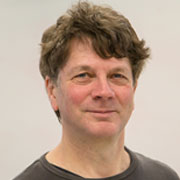 Thomas Heimburg, Professor and group leader (PGP-ID: 8222A560)
Thomas Heimburg, Professor and group leader (PGP-ID: 8222A560)
Niels Bohr Building
Jagtvej 132, 2200 København N.
Tel: +45 -3532 5389
FAX: +45-353 25016
Email: theimbu@nbi.ku.dk
Staff
| Name | Title | Phone | |
|---|---|---|---|
| Search in Name | Search in Title | Search in Phone | |
| Heimburg, Thomas Rainer | Professor | +4535325389 |

